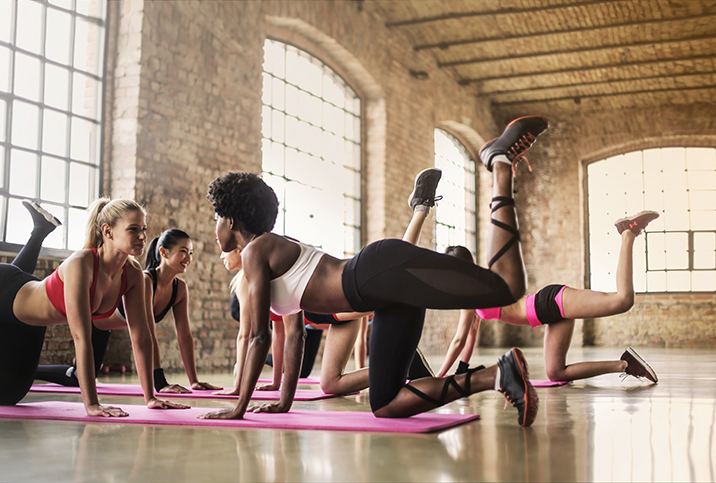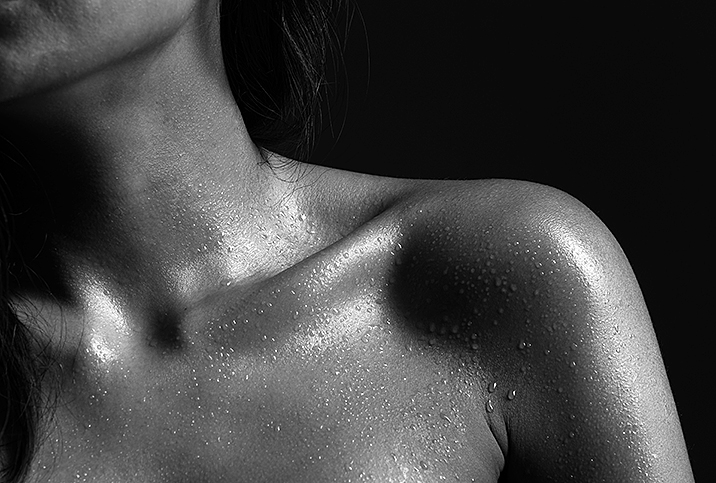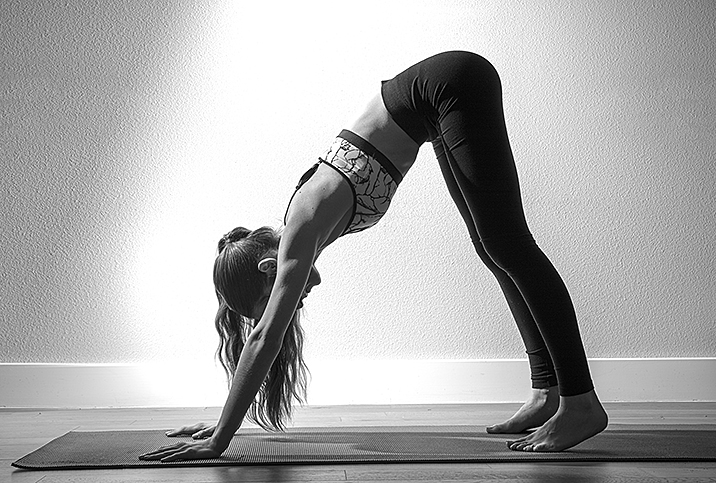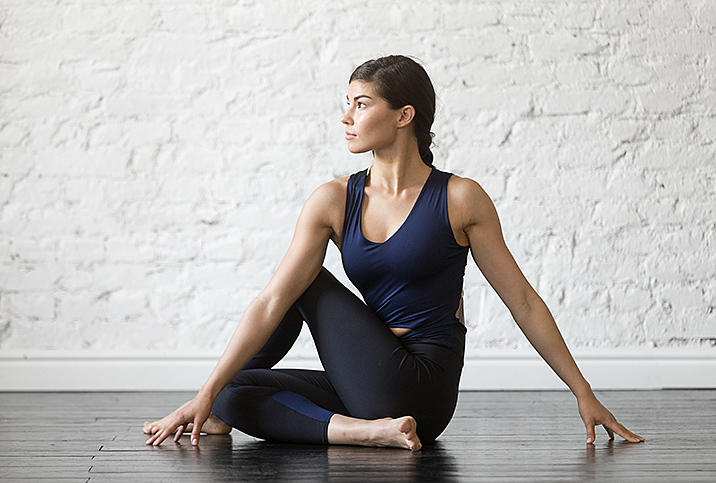Why Do I Pee a Little During My Workouts?
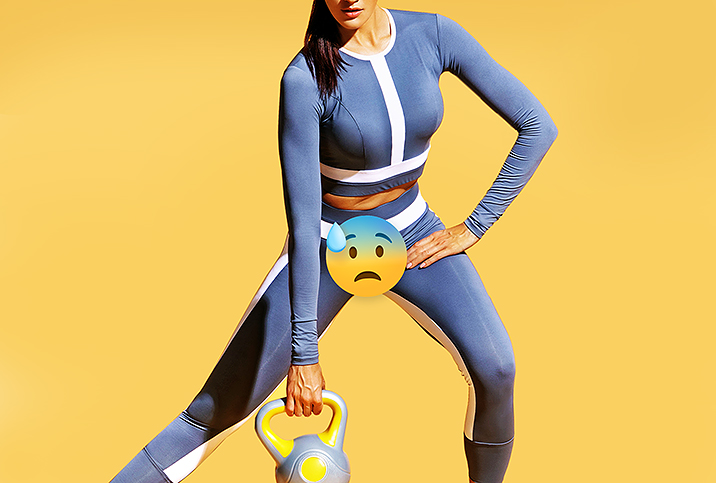
An unexpected pee leakage, complete with discomfort and embarrassment, is hardly funny or amusing. So, if you've ever suddenly found yourself peeing a little during a HIIT or Zumba session, you might wonder what's going on and if it's normal.
What causes urine leakage during exercise?
Stress urinary incontinence (SUI) is the official term for this type of bladder leakage, and can happen to adult women of all ages. Though more common as a result of pregnancy, childbirth, surgery or other medical conditions (like radiation treatments, a hysterectomy or other pelvic surgeries), female stress incontinence is caused by just about anything that puts pressure on your bladder and pelvic floor, including heavy lifting, sneezing, coughing, sex or—you guessed it—exercise.
The two primary causes of SUI, according to the National Association For Continence (NAFC), are a weak sphincter muscle (the muscle around the urethra that holds it closed and prevents urine from leaking out) or a weak pelvic floor (the group of muscles, tendons and ligaments that support your bladder, uterus and bowel). These muscles can weaken naturally over time, or as a result of pregnancy/childbirth, a genetic predisposition or chronic pressure on the bladder muscles, including that from frequent heavy lifting or high-impact activity like exercise. It can also happen when you hold your breath during exertion, such as during weightlifting, when using a baseball bat or tennis racquet or other forceful movement.
If you notice you pee a little (or a lot) during even light movement, like bending or stretching—especially if you're relatively young, haven't been pregnant or had any surgeries or pelvic issues—you might want to talk to a doctor. Bladder leakage is both incredibly common and easily treatable, and is nothing to be worried or embarrassed about.
How common is female stress incontinence?
Stress incontinence is the most common form of incontinence in women under the age of 60, accounting for around half of reported incontinence cases, per the NAFC—as opposed to other types of urine leakage, such as urge incontinence (UUI), a sudden and unstoppable loss of urine, or a mix of both issues. In fact, a study published in the American Family Physician notes 51 percent of adult women in the United States have experienced urinary incontinence, which means more than 18 million women have battled some form of the bladder blues.
Treatment options
The best news about SUI is the condition generally doesn't get progressively worse, even as you age, experience pregnancy and childbirth, or continue lifestyle habits that might contribute to bladder leakage. However, you shouldn't put off consulting a doctor if SUI is a problem.
You can start by checking in with your primary care physician, who can refer you to a specialist (typically a gynecologist or a pelvic floor physical therapist), where you'll likely work on specific exercises, such as kegels, to strengthen pelvic floor muscle function. While these exercises can be done on your own, working with a trained specialist will help ensure you're targeting the exact muscles that need to be strengthened.
To ease worry or discomfort during a workout, you can use liners or pads, leakproof underwear or disposable underwear to wick away moisture. You might also consider wearing patterned or dark-colored workout pants.
Using the bathroom immediately before exercise can help, along with avoiding heavy liquid intake in the hours before your workout. Caffeine has also been proven to contribute to urinary incontinence, so limiting caffeinated beverages such as tea, coffee and soda can help. Spicy and acidic foods are also known bladder irritants. Adjusting your workout routine to reduce impact (e.g., skipping CrossFit in lieu of more gentle yoga or limiting jumping during dance cardio) can also help. Making these adjustments and sticking to a pelvic floor strengthening routine should help you feel significant relief within weeks.












